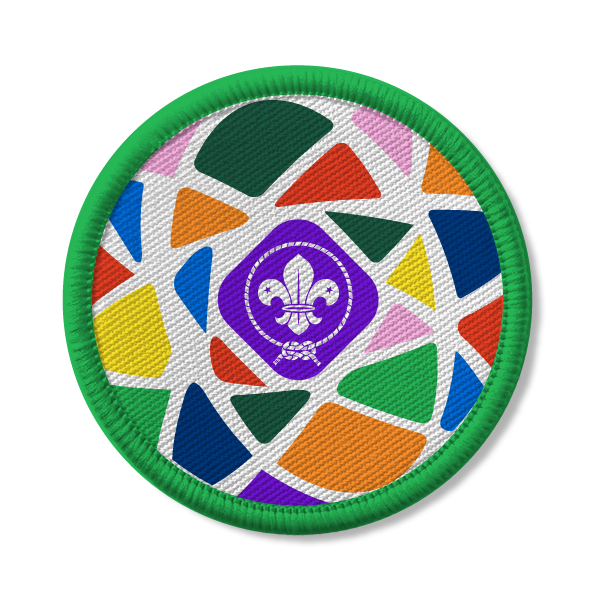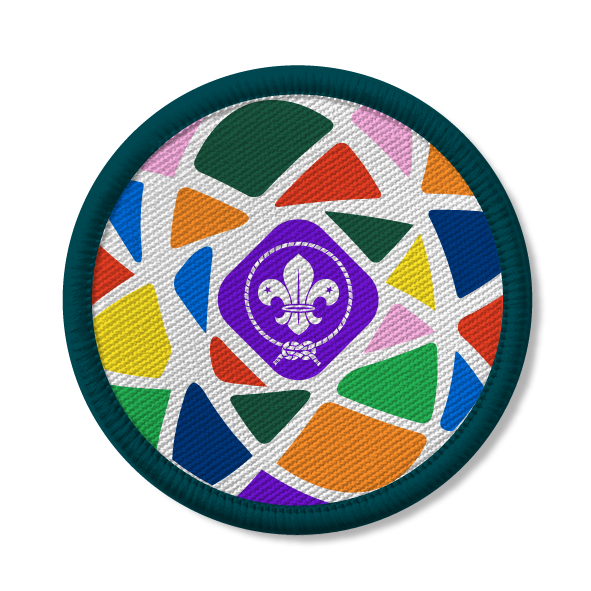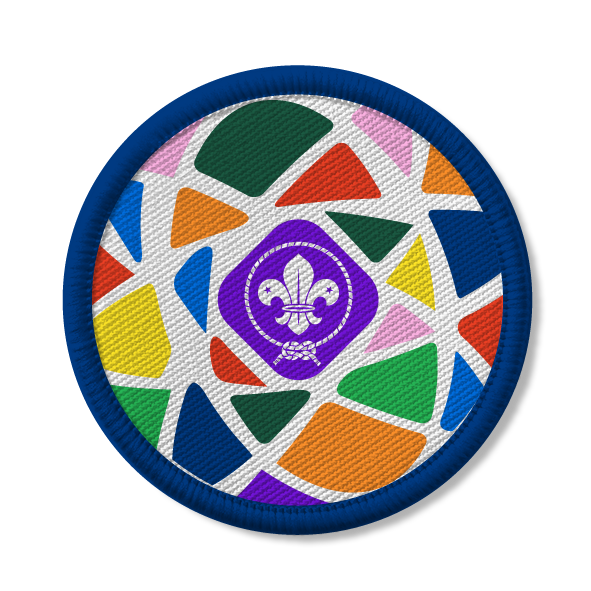
Think outside the trash
You’ll need
- Sticky tack
- Scissors
- Access to a printer
Before you begin
- There are 10 image cards in this activity. It works best if everyone has their own card, so you may want to split into smaller teams depending on the size of your group.
- Print and cut out one set of image cards for each team. You could bring in real items to use in this activity, rather than using the image cards. Just make sure the items are clean and safe to handle.
- Arrange the time markers on the wall. You could print the cards we’ve made or write the times out on paper.
Safety checklist
Use the safety checklist to help you plan and risk assess your activity. Additional coronavirus-related controls to think about may include:
- Set up a hand washing station that you can use throughout the session.
- Make sure people wash their hands before and after using any shared equipment or resources.
- Clean any equipment between different people using it.
- Remind everyone to stay a safe distance apart at all times.
Get matching
- Everyone should chat about where waste goes after it’s been collected. The person leading the activity should explain that rubbish that isn’t sorted into recycling bins is taken to landfill sites, where it’s buried or burned for energy.
- If you’re splitting into teams, do this now.
- The person leading the activity should give each team a set of image cards.
- Each team should try to match the products with the number of years they think it takes to break down if it ends up in landfill or is discarded somewhere.
- When the teams are ready, each person should hold a product. They should stand along the time markers on the wall, depending on how long their product takes to decompose.
- The person leading the activity should read out the answers. Was anyone surprised by how long a certain product took? You can find the answers below.
- Everyone should talk about plastics and why they cause a particularly big issue in our environment. There’s some information about this below.
- Paper towels – 2 to 4 weeks
- Banana peel – 2 to 5 weeks
- Tea bags – 3 to 6 months
- Wool socks – 1 to 5 years
- Plastic bags – 10 to 20 years
- Nylon shirts – 30 to 40 years
- Tin cans – 50 years
- Disposable nappies – 450 years
- Plastic bottles – 450 years
- Glass bottles – 100,000 years
- Lots of the things we use every day are made out of one material: plastic. Plastic is often used to hold things that we use (like shower gel or cold drinks) because it’s cheap, light and tough. If you’ve been litter picking, you might have found that a lot of items you collected were made from plastic.
- Plastic is easy to make, and sometimes it’s necessary, but it’s also very difficult to get rid of. Plastic pollution is a huge problem across the world and it’s not going away.
- Plastic takes a long time to break down. Most plastic isn’t biodegradable, which means it can’t be broken down into smaller pieces by bacteria or other organisms. Because of this, nearly all the plastic ever created still exists today. A lot of it is not recyclable. In the UK alone, it’s estimated that overall plastic waste is around 3.7 million tonnes per year.
- If it’s not recycled, an empty drink bottle will take around 450 years to break down. Even then it doesn’t disappear – it just breaks into smaller and smaller pieces.
- Plastic isn’t just a problem on land. Rivers around the world carry between 1.2 and 2.4 million tonnes of plastic into the sea every year – enough to fill 100,000 bin lorries. Plastics can easily get into waterways and oceans, harming the wildlife living there. Animals can become trapped in things like drinks can rings or plastic bags; they can also eat bits of plastic. Sadly, this can mean they might suffocate or starve.
Reflection
Was anyone surprised by how long it takes some waste to break down? Will it change how they think about litter and how much they throw away?
Safety
All activities must be safely managed. You must complete a thorough risk assessment and take appropriate steps to reduce risk. Use the safety checklist to help you plan and risk assess your activity. Always get approval for the activity, and have suitable supervision and an InTouch process.
- Scissors
Supervise young people appropriately when they’re using scissors. Store all sharp objects securely, out of the reach of young people.
- It’s up to you how much detail you go into. Adjust it to fit your group.
- Instead of matching to the time markers, everyone could just place the items in order. Which do they think breaks down quickest? What takes the longest?
Some people may struggle to read or process the numbers. You could read out the time markers and chat about what they mean, or just focus on putting the image in the right order to show which takes longest to break down.
All Scout activities should be inclusive and accessible.
Plan how you can take action to reduce the amount of litter in our environment. Find out more with some other activities on the theme of plastic pollution.





